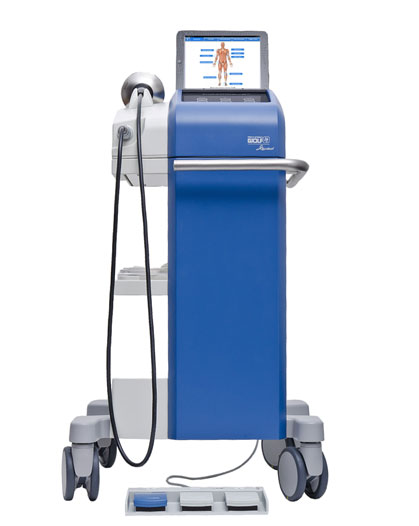
Frequency control via dynamic feedback of the displacement signal has been used to mode match piezoelectric BAW gyroscopes by shifting the resonance peak of the drive mode signal 28, 29. Researchers have been looking for alternative tuning techniques in piezoelectric resonators over the past years. Because of the lack of a tuning mechanism, especially a solution to reduce cross-mode coupling and quadrature error from mode misalignment, the noise performance of the piezoelectric BAW gyroscope has not been on par with that of state-of-the-art electrostatic devices. However, the parallel plate is still the mainstream transduction mechanism for BAW gyroscopes, mostly due to the post-fabrication tuning capability with an electrostatic spring softening effect to match and align the gyroscopic modes 25, 26, 27. Compared with electrostatic resonators with nano-gap parallel plate capacitive transducers, piezoelectric resonators also show some additional advantages, including a large linear actuation range, no DC polarization voltage, and ease of fabrication 23, 24. To further increase the open-loop bandwidth for high dynamic range applications, the Q factor needs to be relaxed while a high signal-to-noise ratio is maintained with a stronger electromechanical coupling this makes piezoelectric resonators with moderate Qs and high transduction efficiencies particularly promising to meet both requirements 23. The BAW gyroscope also shows a lower sensitivity to environmental vibrations and ambient pressure compared with lower frequency devices 21, 22. One approach to circumvent such conflict is by taking the operation frequency of the gyroscopic modes to the megahertz range using stiff bulk acoustic wave (BAW) modes and more efficient transducers 17, 18, 19, 20. Although the operational bandwidth can be expanded with a force-to-rebalance operation, a complex circuit is required if the starting open-loop bandwidth is very small 14, 15, 16. However, the open-loop bandwidth for a mode-matched resonant gyroscope is inversely proportional to its Q, leading to a trade-off between the two figures of merit 8, 9, 10, 11, 12, 13. Mode-matched operation of a high Q resonant gyroscope has proven to be efficient in improving the signal-to-noise ratio by Q-amplification of the rate response.

A precise gyroscope with a large dynamic range has two main figures of merit: low noise and a wide operational bandwidth. The microelectromechanical system (MEMS) gyroscope, which utilizes the Coriolis effect, is adopted for chip integration due to its low SWaP-C (size, weight, power, and cost) 3, 4, 5, 6, 7. Gyroscopes, which are important subsystems of inertial navigation systems, have gained much attention in recent years for a multitude of applications 1, 2. The results from this paper prove that with multi-coefficient eigenmode operations, piezoelectric AlN BAW gyroscopes can achieve a noise performance comparable to that of their capacitive counterpart while having the unique advantage of a large open-loop bandwidth and not requiring large DC polarization voltages. The measured angle random walk is 0.145°/√h, and the bias instability is 8.6°/h, showing significant improvement compared to the previous eigenmode AlN BAW gyroscope. The demonstrated AlN piezoelectric BAW gyroscope shows a large open-loop bandwidth of 150 Hz and a high scale factor of 9.5 nA/°/s on a test board with a vacuum chamber. The as-born frequency mismatches in multiple devices are compensated by physical laser trimming. A 1400 µm annulus aluminum nitride (AlN) on a silicon bulk acoustic wave (BAW) resonator with gyroscopic in-plane bending modes at 2.98 MHz achieves a nearly 60 dB cross-mode isolation when operated as a gyroscope using a multi-coefficient eigenmode architecture. The multi-coefficient eigenmode operation can improve cross-mode isolation due to electrode misalignments and imperfections, which is one of the causes of residual quadrature errors in conventional eigenmode operations. In this paper, a modification to the eigenmode operation of resonant gyroscopes is introduced.


 0 kommentar(er)
0 kommentar(er)
